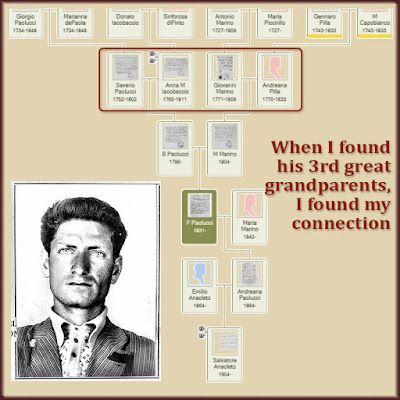Consider the features you want before choosing a photo sharing platform.
I'm halfway through the scanning of my late aunt's family photo collection. So far I've spent the better part of 2 Sundays scanning and enhancing the images in Photoshop. I recognized some people and reached out to my parents by email to identify others.
I used Facebook to send one family friend several photos of her late mother as a young girl. These were photos she never knew existed. They took her by surprise and filled her with emotion.
That made me realize I needed a way to share many more of these photos. I want feedback, memories, and more information about the people in the photos. I was up all night thinking about how to code a made-from-scratch website to share with family. But they wouldn't be able to tell me what they know other than by sending an email.
Facebook is an option, but not everyone I want to share these photos with is on Facebook. In a perfect world, I'd give any relative a web link and let them to add comments to the photos.
I decided to use Google Photos to create an album I can share. I created a new album and tried to drag and drop 129 images. The process stalled a couple of times. It would have been better to upload the photos in smaller batches.
 |
| Once I uploaded the family photos to Google Photos, I realized it didn't have the features I wanted. |
With all the photos in place, I wanted to make smaller collections of photos that go together. I didn't find a way to do that. But you can add text after a row of photos. So I started grouping together photos and adding a line of text beneath the rows:
- Pasquale Iamarino and family (my great grandfather)
- Pietro Iamarino (Grandpa)
- Uncle Mike and Uncle Frank (my grandmother's brothers)
- 562 Morris Avenue, Bronx (my dad's apartment building for most of his youth)
The biggest problem here is that these descriptions appear only beneath a full row. I didn't always have a full row of similar photos.
What's Most Important to You?
Ideally, I want to:
- Display a caption for each photo.
- Group similar subjects together.
- Allow for notes and comments.
Google Photos doesn't give me all these features.
Other photo-sharing options include:
- Dropbox—I can display the image's file name, but not a caption.
- Instagram—I don't see a way to make a private collection of photos. But they wouldn't display their captions anyway.
- Adobe Portfolio—I have an Adobe subscription, but it's prompting me to create a website. I'm looking for something easier.
- Amazon Photos—I have Amazon Prime, so I tried this. I uploaded 3 photos into a new album so see how it worked. It didn't allow a caption or comments. This isn't what I want.
Where Else Can You Turn?
Then I thought of something a bit outside the box. I have a Pinterest account I use to promote this blog. What if I create a new, secret board, fill it with captioned photos, and invite only select people to see it?
Each photo (or pin) displays its caption. When you click a photo, it can display a description I add. And it allows my invited relatives to access the photos by computer and make comments. They will need to create a free Pinterest account. Hopefully the privacy-loving Facebook haters won't mind having a Pinterest account.
 |
| It's not the expected choice, but Pinterest meets my photo sharing and collaboration needs. |
Now that I've chosen Pinterest as my platform, this process will take a good deal of time. I want each photo to be its own pin. I need to upload them one at a time, adding a title and description for each one as I go.
Let's try this out. I created a secret board called Family Photos. I'm ready to create my first pin. Here are the steps:
- Click the + above the board's title to create a pin.
- Drag and drop a photo into the space.
- Add a title.
- Add a description of the photo.
- Click Publish.
This is a time-consuming task. I'll start by adding photos I want to share with the 2nd cousin who found me on Ancestry.com. There are 2 photos that may include his mother and his aunt. I'd love to direct him to a bunch of photos of his branch of the family and ask him for input. I want him to show them to his mother.
To invite someone to my secret board, I click Invite, click Copy Link, and give that link to a relative. They'll see a prompt to create an account, or log in with Facebook, Google, or an email address.
I especially want to share annotated photos with my 1st cousin. She was nice enough to think of sending me her mother's photos. She couldn't identify anyone outside the immediate family. I'll be more than happy to show her what I've discovered.
It's time to get busy.









